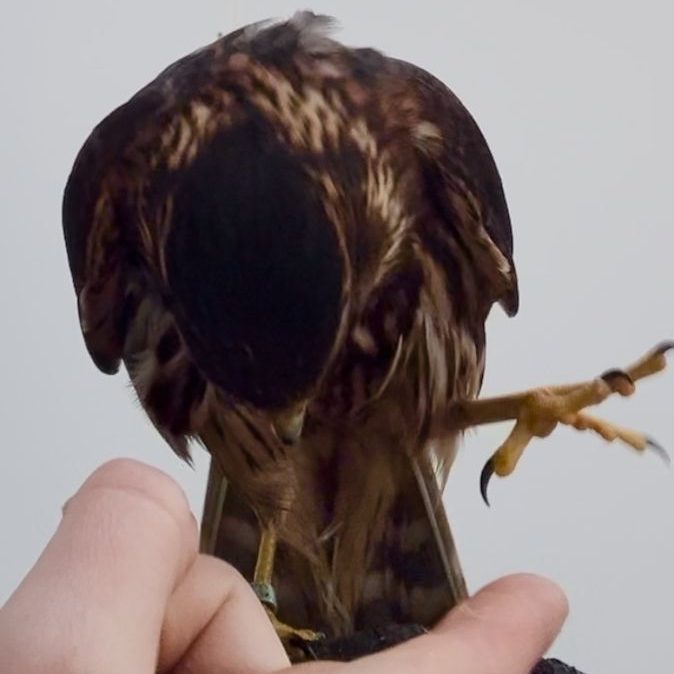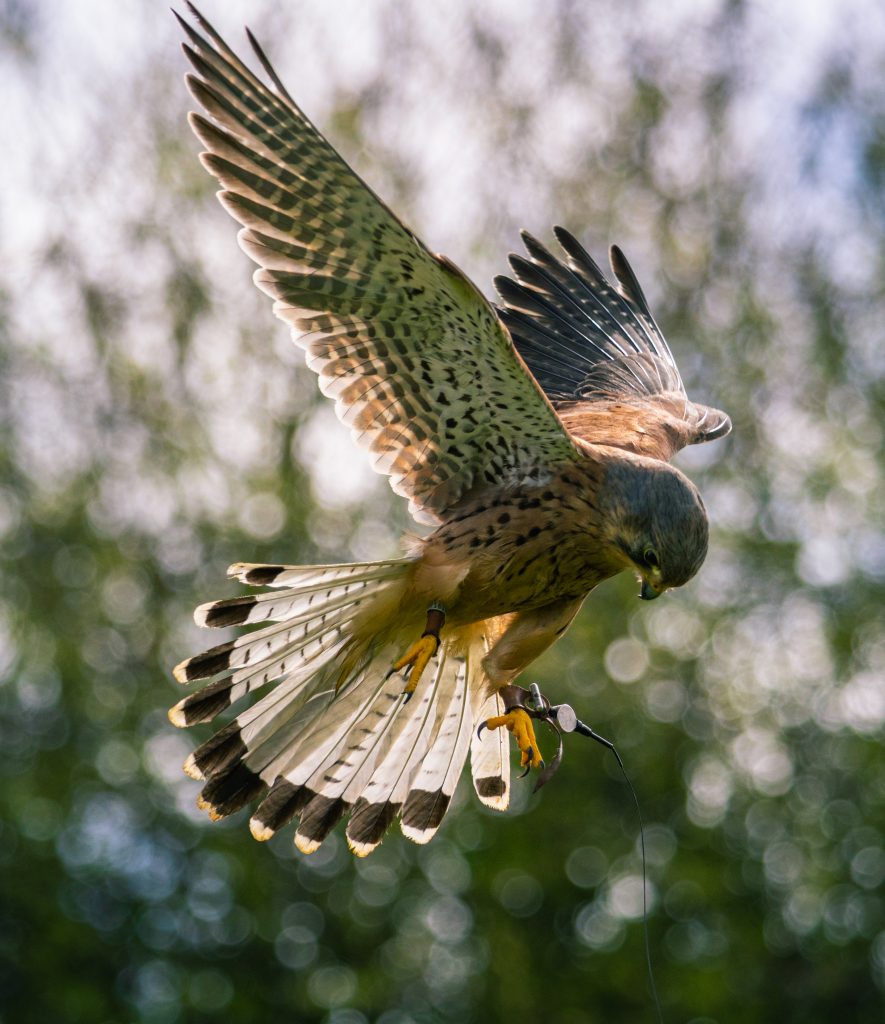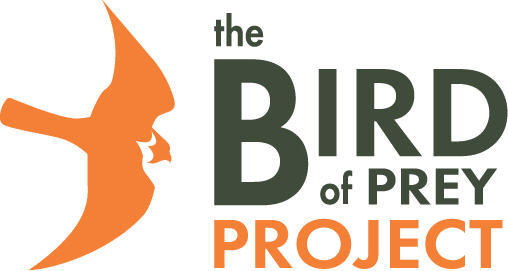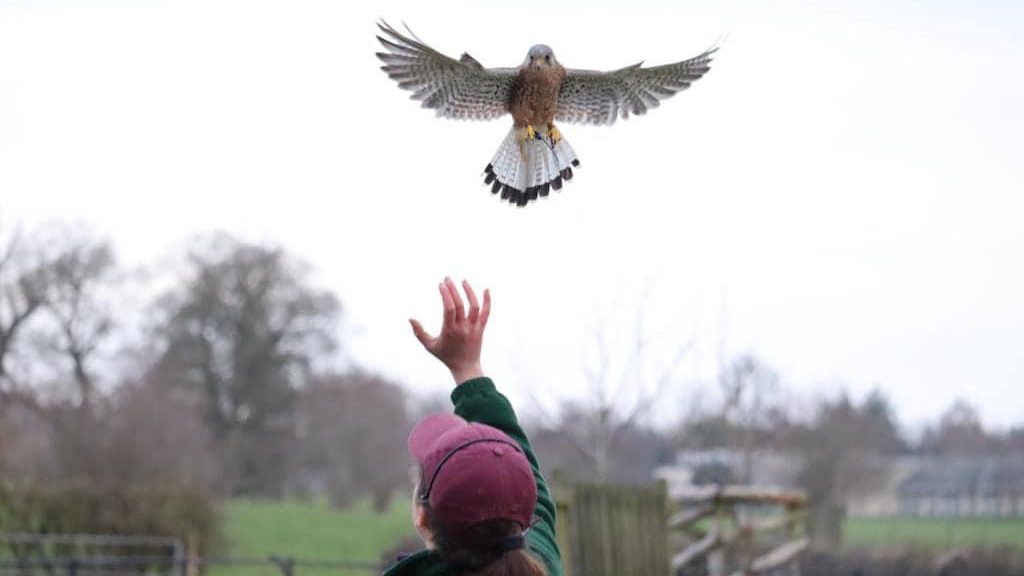If you love wildlife, birds or just fancy a good day out – is it a good idea to support a bird of prey centre? Or are the birds unhappy being kept in these environments? Supporting ethical, reputable organisations is crucial for the continuation of good animal welfare – so it’s great that you are asking these questions! Here at The Bird of Prey Project we are advocating for new standards in raptor welfare and ending cruelty in captivity – let’s talk about this!
Birds of Prey can famously form incredible relationships with people, and willingly choose a life with humans instead of living independently in the wild. You can see this relationship for your own eyes when watching these birds in their element – for example seeing a falcon choose to return home after soaring at thousands of feet. Caring for birds of prey takes significant time, effort, expertise and finance – and in the right case humans can provide an excellent quality of life for birds of prey, improving their mental wellbeing, physical health and doubling their lifespans. And these birds can give back in a BIG way, by partaking in vital conservation breeding programmes, wildlife education and inspiring support for their wild counterparts. By visiting a good bird of prey centre, you can make a real difference for wildlife conservation and the continuation of improving welfare standards – and have a superb day out too.
But, sadly the keeping of raptors in the UK is largely unregulated, and there are some keepers who practice with extremely poor welfare standards which can negatively impact the lives of the birds under their responsibility. Quite often we’ve found this isn’t due to lack of a desire to do well, but a lack of knowledge and lack of a system to protect birds of prey from falling into the hands of untrained owners.

So how can you tell if you’re visiting a good bird of prey centre, or whether you should avoid supporting a facility which isn’t meeting ethical welfare standards?
Here’s a few things we’d recommend looking out for:
- Is the organisation licensed or accredited? If the facility is open to the public in the UK for more than 6 days a year, a Zoo License must be displayed on their website. If the facility is bringing animals to your event, they must have an Animal Activities License. You can also look out for accreditation and partnerships with other organisations such as Raptor Rescue for wildlife rehabiltation, or BIAZA for large zoos.
- Do the birds look healthy? Can you see any broken feathers or skin in injuries? Can you see evidence of birds flying free without restraint?
- Are the enclosures or aviaries clean and hygienic? Raptor aviaries should be cleaned every day. Whilst lots of natural vegetation and crowded enclosures can look really beautiful for us humans, they can cause fungal infection and bacteria spread for birds of prey – so simple is fine – clean is essential!
- Does the organisation have too many birds? Are there enough staff to care for all these birds, and is there enough time for these birds to be flown safely? You may find some large centres have a large number of breeding birds for conservation programmes – so do your research before casting a judgement.

Bird of prey centres are vital for many conservation, education and welfare programmes. And the birds that call them home, can live incredible, happy lives with the right care. But, if you’re not a raptor expert, you might not be able to tell the good from the bad and the ugly. And that’s ok – it’s not your job! So if you’re not sure – it’s ok to ask questions, and any bird of prey centre that is proud of their welfare standards will only be too pleased to answer positively. We’re passionate about providing the very best welfare here at The Bird of Prey Project, and we’re proud to introduce a new modern welfare system with our team of 24 birds – using techniques such as high-trust consent based training and tame hack (hours of independent, unsupervised free flight). Let’s raise the bar for welfare!


Leave a Reply